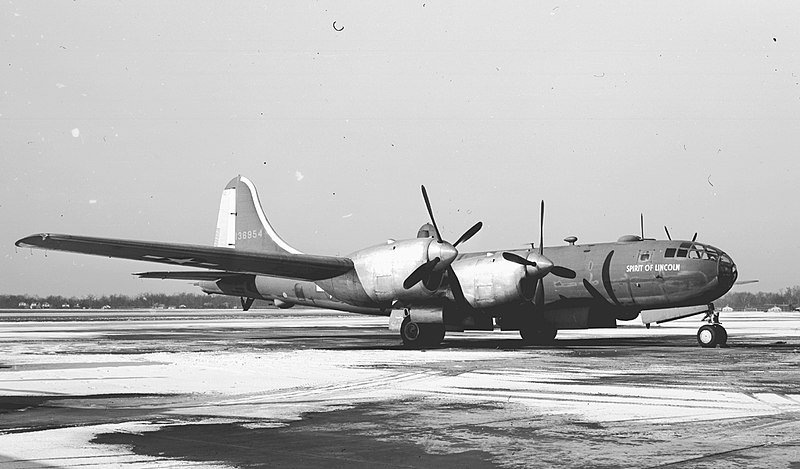Fearless Leader
Donor
Hey Everyone,
Though we've talked about the consequences of the Atomic bomb being ready earlier on this board, as far as I can tell we haven't really dealt with the means by which it could be made ready. This is odd, because from just a casual survey of the literature, one of the most glaring PODs in British Military history IMO is Churchill's rejection of American offers to establish a joint Atomic bomb program in October 1941.
Now, Churchill was very much willing to allow his policy towards Tube Alloys to be determined by his scientific advisors, so the key is getting one of them (likely Anderson) to realize in October 1941 what they did in July 1942, namely that the UK project needed American money and space (not to mention distance from German bombers), to build an atomic weapon in a timely manner. Unfortunately for the UK, by the time they wanted to engage in a collaborative effort with the US, the US no longer needed their contribution.
So assuming Anderson (or someone else?) convinces Churchill to push for a joint Atomic Bomb program in October 1941, how quickly could Atomic weapons be made ready? My initial thought was that greater British input and less duplication of effort would result in a net gain of around 6 months (Bombs are ready in February 1945, not August). But as I've been looking at it more, I think that's a bit too conservative (maybe 8 or 10 months?)
Regarding bombers, I believe that's already been discussed to death in other threads, but if you feel the need to bring it up again we can. Here's a relevant post on that matter IMO.
Though we've talked about the consequences of the Atomic bomb being ready earlier on this board, as far as I can tell we haven't really dealt with the means by which it could be made ready. This is odd, because from just a casual survey of the literature, one of the most glaring PODs in British Military history IMO is Churchill's rejection of American offers to establish a joint Atomic bomb program in October 1941.
Now, Churchill was very much willing to allow his policy towards Tube Alloys to be determined by his scientific advisors, so the key is getting one of them (likely Anderson) to realize in October 1941 what they did in July 1942, namely that the UK project needed American money and space (not to mention distance from German bombers), to build an atomic weapon in a timely manner. Unfortunately for the UK, by the time they wanted to engage in a collaborative effort with the US, the US no longer needed their contribution.
So assuming Anderson (or someone else?) convinces Churchill to push for a joint Atomic Bomb program in October 1941, how quickly could Atomic weapons be made ready? My initial thought was that greater British input and less duplication of effort would result in a net gain of around 6 months (Bombs are ready in February 1945, not August). But as I've been looking at it more, I think that's a bit too conservative (maybe 8 or 10 months?)
Regarding bombers, I believe that's already been discussed to death in other threads, but if you feel the need to bring it up again we can. Here's a relevant post on that matter IMO.


This is the XB-39, a one off prototype that modified one of the first YB-29s to use the new Allison twin V12 V3420 engines to replace the troublesome Wright R-3550s in November 1943. \
This was a modification done to other craft, was done to the Douglas XB-19 earlier in the year

These Allisons didn't have the cooling problems of the Wright, and were relatively trouble free during its role as cargo transport for the rest of the War
Re-engining theXB-39 was a low priority project at GM, who was more interested in using those engines in the P-75, and GE wouldn't release turbochargers for use on the XB-39 till late 1944, and was flown at first without them, after the P-75 was cancelled
With the new engines, it was around 40 knots faster.
Could this been done faster at Seattle, than by GM, who had little airframe experience?
yeah.